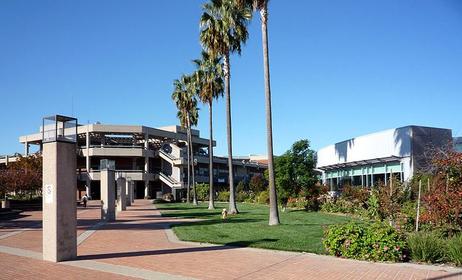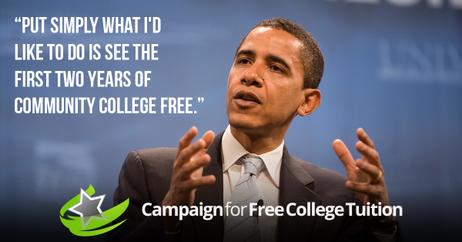Though some still think that community colleges are somehow less legitimate than traditional colleges and universities, the fact remains that community colleges provide opportunities for students who might not otherwise find the right fit. With reduced tuition costs and flexible class schedules, community college is ideally suited to non-traditional students, including single parents, slightly older adults, and students for whom English is a second language.
Though community colleges fill an essential niche in the American hierarchy of education, statistics show that enrollment numbers are falling at an alarming rate. Between 2016 and 2017 alone, enrollment dropped by nearly 2% nationwide. Furthermore, a survey of college and university admissions directors completed by Inside Higher Ed revealed that 84% of community colleges have declined enrollment over the past two years.
Community colleges are forced to adapt to declining enrollments and new political challenges. Read on to learn how community colleges are changing strategies to boost enrollment.
Why Is Enrollment in Decline?
In 2018, the National Student Clearinghouse Research Center surveyed community college enrollment to evaluate recent declines. The survey revealed a decline of 1.8%, or 275,000 students, compared to the previous spring. This marks the seventh straight year that community college enrollment has declined in the United States.
According to the survey, enrollment was down in 34 states. Six of the ten largest states on that list were located in the Northeast or Midwestern United States. After looking at these declining student populations, the center




















